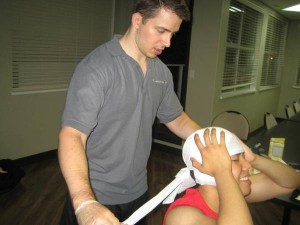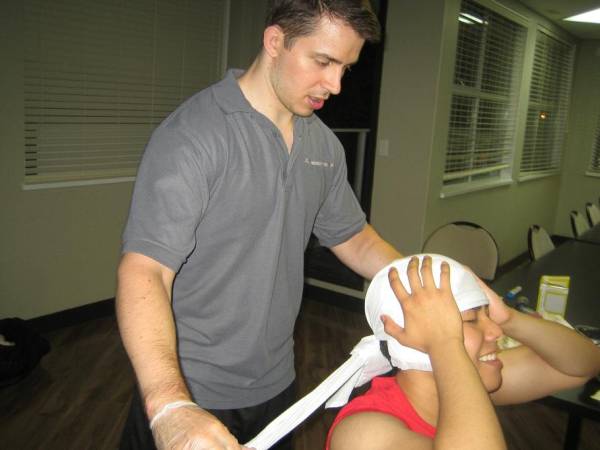Blunt head trauma can develop after a direct hit or strike to the head and result to serious injury to the brain. The impact can range from a minor bump to a severe brain injury. Most cases of traumatic brain injuries are due to traffic or vehicular accidents. Even if a head trauma does not result to an open wound, injury can occur to the brain. Always bear in mind that the consequences of this type of trauma are irreparable and always considered severe which can disrupt with normal brain function.
https://www.youtube.com/watch?v=55u5Ivx31og
What are the forms of this injury?
There are 2 forms of head trauma that can occur – contusion and concussion. For a concussion, the brain is shaken while a contusion can cause direct damage to the brain. The loss of consciousness from a blunt head trauma can lead to even more damage to the brain. Additionally, injury can also occur to the opposite side of the brain. This blunt force causes the opposite side of the brain to pull away from the skull and ends damaged.
What are the causes?

Blunt head trauma can occur from accidents such as vehicular accidents, falls as well as physical assaults and sports injuries. While playing sports, using a helmet can minimize the risk for head injuries. In addition, utilizing proper restraining devices in the vehicle can prevent head injuries from occurring.
What are the symptoms?
The indications of blunt head trauma can either occur right after the injury or develop steadily within a few hours or days. Always bear in mind that the severe symptoms that can develop from a head injury include pupillary changes, convulsion, inability to move one or more limbs, personality changes, irritability, confusion, erratic behavior, drowsiness, diminished breathing rate, lack of coordination, drop in blood pressure, slurred speech, loss of consciousness, severe headaches, blurry vision, vomiting and stiff neck.
Potential effects
Head injuries can lead to severe impairment to the brain. Serious head trauma can lead to speech and language problems, chronic headaches, coma, seizure and paralysis, changes in sensation as well as vision, hearing, smell or taste. Additionally, bleeding can also occur inside the brain that can worsen the brain damage.
Considerations to bear in mind
After sustaining a blunt head trauma, it is not advisable to move the individual unless needed. Avoid cleaning any wounds, remove embedded objects or shake the individual if he/she feels dazed. Remember that timing is vital so do not hesitate to seek medical attention right away.

